Equipment
Weapon:

The FN C1A1 is designed primarily as a personal weapon, it is a semi-automatic weapon which enables the operator to fire single shots at varying rates. The rifle can be fitted with a telescopic sight for sniping and long range fighting, and a bayonet for close combat. It is an air cooled, gas and spring operated weapon. Feeds from a magazine, has an adjustable gas regulator, and fires from a positive locked breech. The main components of the weapon can be disassembled and assembled by the user for cleaning purposes.
Marine Vehicle:

“Gántl Xúnts” (Haida for “Sea Wolf”) is the Coastal Rangers’ 14.6m Cape-class motor life boat. It is normally docked at a Marina in Gold River.
The 14.6m Cape-class motor life boat (MLB) design combines many technological innovations. Its lightweight, rugged marine grade aluminum hull can withstand impacts from 20-foot breaking waves at three times the force of gravity. It’s fast, it can transit in excess of 25 knots. The MLB design has an inherent self-righting capability. When pitch-poled or rolled into swells, it will self-right in less than 10 seconds – with all machinery remaining fully operational.
The MLB operates with a crew of four and accommodates up to five passengers. For maximum safety, visibility and efficiency, the boat’s four operator’s stations can be controlled from port or starboard from either an open bridge position or from inside the enclosed bridge.
The open bridge allows for superior visibility to negotiate obstacles and to enhance safety during close recovery of persons in the water. The enclosed bridge aids operator performance by providing a protected, climate-controlled watertight compartment for use during transit and allows the operator and crew to remain protected from fatigue caused by inclement weather. The enclosed watertight survivor’s compartment is also climate-controlled and offers critical temperature adjustments and an environment for medical aid for survivors who may have been injured or submerged in icy waters.
The following gear is stored on board:
AN/TVS-5 Binoculars
HK/FABARM FP6A1 Marine Shotgun (2)
Large Medical Bag
Axe
Sledge hammer
Boat hook (2)
Shovel
Prybar
Fire extinguisher (2)
50m Rope (3)
Wetsuit (3)
Dry suit (2)
Dive gear; mask, snorkel, BCD, weight belt, etc.. (4)
Scuba tank (8)
2 x machine gun (can be mounted on the bow and stern)
Ground Vehicles:
“MERV” is an Emergency Response Vehicle that was custom engineered for the Coastal Rangers by Sportsmobile West Inc. The van was built on a 2007 Ford Econoline E350 Chassis with Sportsmobile’s 12 Gear 4-wheel drive.

Dynatrac Pro-Rock 60 front axle
Atlas 2 Transfer Case
Hella powered top-mounted flood light system
12,000 lb. front mounted Warn winch
46 gallon gas tank (long range fuel capacity)
Trojan Aluminess Front and Rear Bumper Package
35-inch BF Goodrich all-terrain tires mounted on American Racing wheels
Sub and Burb are the team’s two Chevrolet Suburban 3/4-Ton 4-Wheel Drive SUV’s.
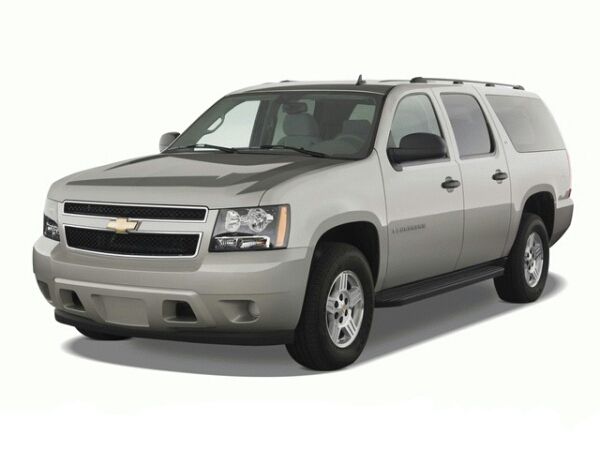
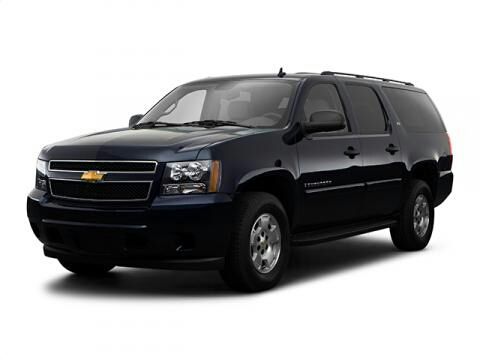
The Coastal Rangers have a fleet of 5 Yamaha Bigbear 400 4X4 ATV’s that they use for patrolling the compound and sometimes for recreational use.

Aircrafts: The first production Knighthawk flew in January of 2000 and was delivered to the Navy in 2001. The Coastal Rangers MH-60S Knighthawk was one of the first prototype models that was produced and they acquired it by LtCol. “Mad Max” Campbell calling in some pretty huge favours. It is a demilitarized helicopter with no armaments.
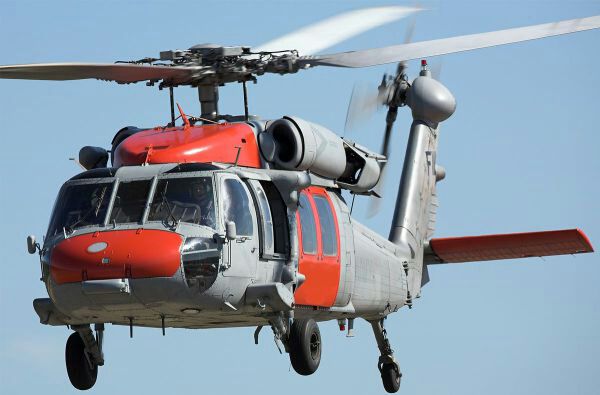
The MH-60S Knighthawk is a twin-engined medium lift utility helicopter. It is equipped with a single 4-bladed rotor and a single 4-bladed tail rotor. The basic crew compliment for the MH-60S is four; pilot, co-pilot, crew chief and gunner.
Externally, the MH-60S is based on the Army UH-60L Blackhawk cargo/transport helicopter. The MH-60S retains the twin cargo compartment doors, one located on each side of the cargo compartment, of the Army helicopter, as well as the enlarged internal cargo area and internal fuel layout. In addition, the Knighthawk retains the extended reverse tricycle landing gear arrangement of the land-based helicopter, the hover IR suppression system for the engines, the high capacity external cargo hook (9,000 pounds), and is ESSS (external stores support system) capable, which will enable the Knighthawk to mount additional fuel tanks. Incorporated into the UH-60L airframe are the SH-60F style doors for the pilot and co-pilot, the navalized variants of the General Electric T700-GE-401C turboshaft engines, the folding tailplane, the automatic rotor folding mechanism and rotor brake, the 600 pound capacity rescue hoist (mounted on the right-hand side of the aircraft) the hover in-flight refueling system (HIFR) and fuel dumping capability, as well as the heavy duty transmission, drive train and avionics.
In the cargo/ personnel transport role, the MH-60S can accommodate up to 13 passengers (excluding crew) 6 medical litters or two cargo pallets totaling a maximum of 4,000 pounds internally. The Knighthawk can carry up to 9,000 pounds externally via its cargo hook, with a total payload capacity (internal and external) of 10,000 pounds.
The MH-60S is the first naval helicopter to be built from the frame up incorporating the MH-60 common “glass cockpit” design. This system replaces most of the analog aircraft instruments with four active matrix liquid crystal color displays and dual programmable operator keysets. In addition, the cockpit is fully NVG compatible, which will enable the aircrew to effectively operate the helicopter in low visibility conditions.
The de Havilland Canada DHC-2 Beaver is a single engined, high wing, propeller-driven, STOL aircraft developed by de Havilland Canada, primarily known as a bush plane. It is used for cargo and passenger hauling, aerial application (crop dusting and aerial topdressing), and has been widely adopted by armed forces as a utility aircraft.
The Coastal Rangers DHC-2 Beaver is normally stored either at the South End of Buttle Lake at a dock house near the Myra Falls Compound or at the Marina in Gold River.
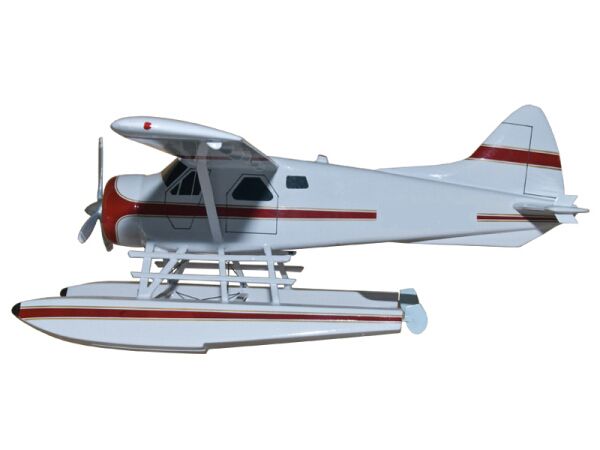
M.H.I Body Armor is custom designed and fitted for each team member. M.H.I. Engineers have developed a suit of tactical body armor that is based on the Future Force Warrior System.

The Future Force Warrior (FFW) Concept will be a completely integrated system which will be tailored to each individual, from an electro-spun Combat Uniform to a biomechanically engineered Headgear Subsystem. There are 6 major subsystems included in the concept:
The Headgear Subsystem, which we describe as Information Central, is the situational awareness hub of the system. It would include Integrated tactical processing (e.g., maps, routes, SA data); 180° emissive visor display; High data rate (GB/sec) communications; Microelectronic/optics combat sensor suite that provides 360° situational awareness; Integrated small arms protection in selected locations.

The Combat Uniform Subsystem, which we describe as Survivability Central, contains three layers: the Protective Outer Layer, the Power Centric Layer, and the Life Critical Layer.
The Weapon Subsystem, Lethality Central, permits direct and indirect target engagements. The weapon weighs 5 pounds, and combines 5 tubes of soft-launched, 15mm intelligent seeker munitions and 1 tube of stacked 4.6mm kinetic energy projectiles for close quarter combat.
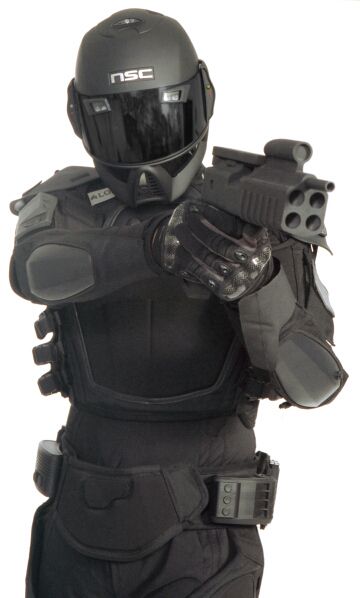
The Power Subsystem, Duration Central, consists of a 2- to 20-watt Micro Turbine fueled by a liquid hydrocarbon. Ten ounces of fuel, contained in a lightweight plug-in cartridge, powers the soldier for up to 6 days. Polymeric nanofiber battery patches embedded in the headgear and weapon provide back-up power for three hours.
Bạn đang đọc truyện trên: Truyen247.Pro